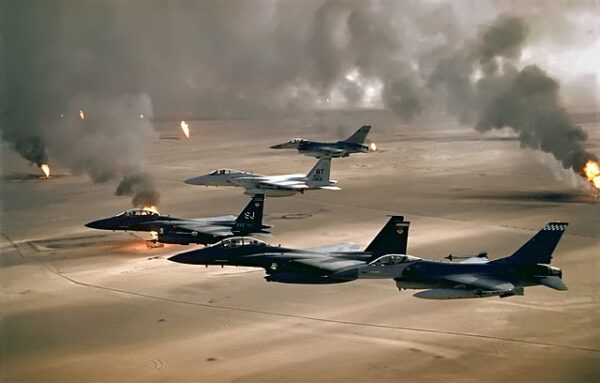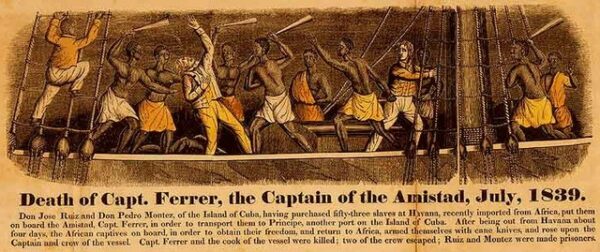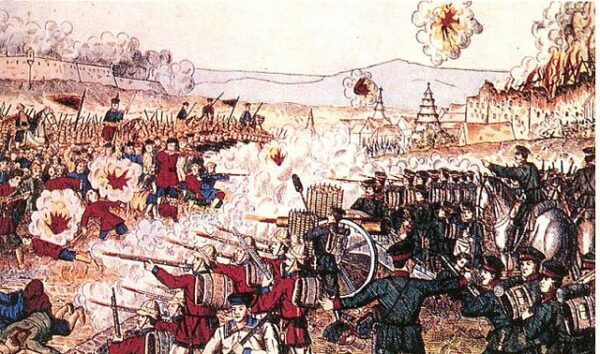The Persian Gulf War, also known as the First Gulf War or Operation Desert Storm, was a conflict that took place from August 2, 1990, to February 28, 1991. It was triggered by Iraq’s invasion and annexation of Kuwait, which was met with international condemnation. Iraq, under the leadership of President Saddam Hussein, claimed that Kuwait was historically part of Iraq and accused Kuwait of exceeding its OPEC quotas for oil production, thereby depressing oil prices and harming the Iraqi economy. The United Nations Security Council responded by passing a series of resolutions demanding Iraq’s immediate withdrawal from Kuwait, but Saddam refused to comply.
On January 12, 1991, the United States Congress said enough was enough and authorized American military force to drive Iraq out of Kuwait.
A coalition of 35 countries, led by the United States and mandated by the United Nations, was formed to liberate Kuwait. The coalition, under the leadership of U.S. President George H. W. Bush and General Norman Schwarzkopf, launched a massive military buildup in the region, known as Operation Desert Shield, to deter further Iraqi advances and prepare for potential combat operations. The buildup included hundreds of thousands of troops from various nations, along with an array of advanced military hardware. Diplomatic efforts to resolve the crisis continued, but with no success, setting the stage for war.
The war began with an extensive aerial and naval bombardment on January 17, 1991, which continued for several weeks. The coalition targeted Iraq’s military infrastructure, command and control operations, and communications networks, aiming to weaken Iraq’s ability to fight and to minimize casualties on both sides. This phase was critical in reducing the effectiveness of the Iraqi military and in setting conditions for the subsequent ground assault.
The ground phase of the war, known as Operation Desert Sabre, commenced on February 24, 1991, and lasted only 100 hours before a ceasefire was declared. Coalition ground forces, spearheaded by armored and infantry divisions, launched a highly successful offensive from Saudi Arabia into Kuwait and southern Iraq. The Iraqi army, which was the fourth largest in the world at the time, was quickly overwhelmed by the coalition’s superior tactics, training, and technology. Kuwait was liberated, and Iraqi forces were either destroyed or retreated back to Iraq. A ceasefire agreement was signed in Safwan, Iraq, on March 3, 1991.






